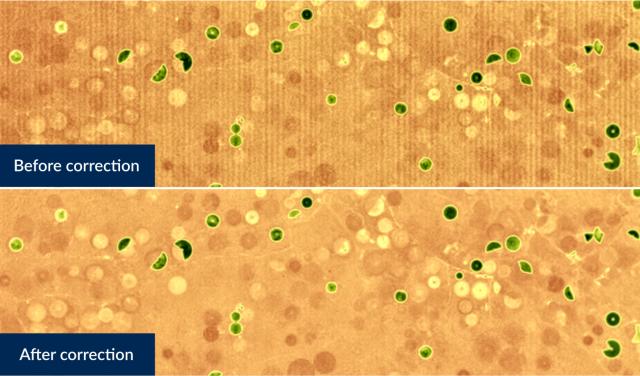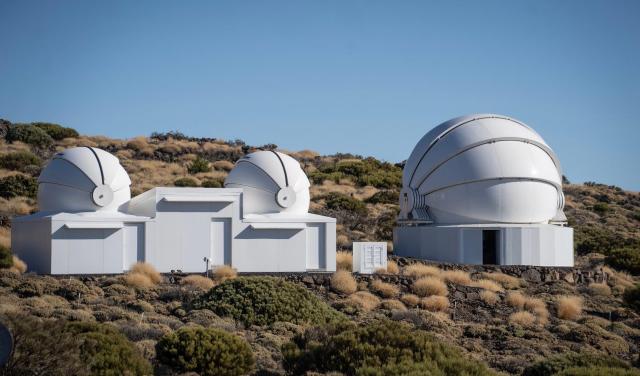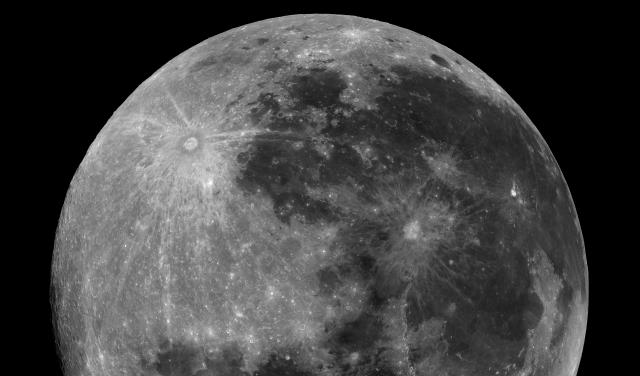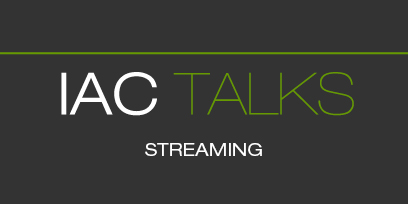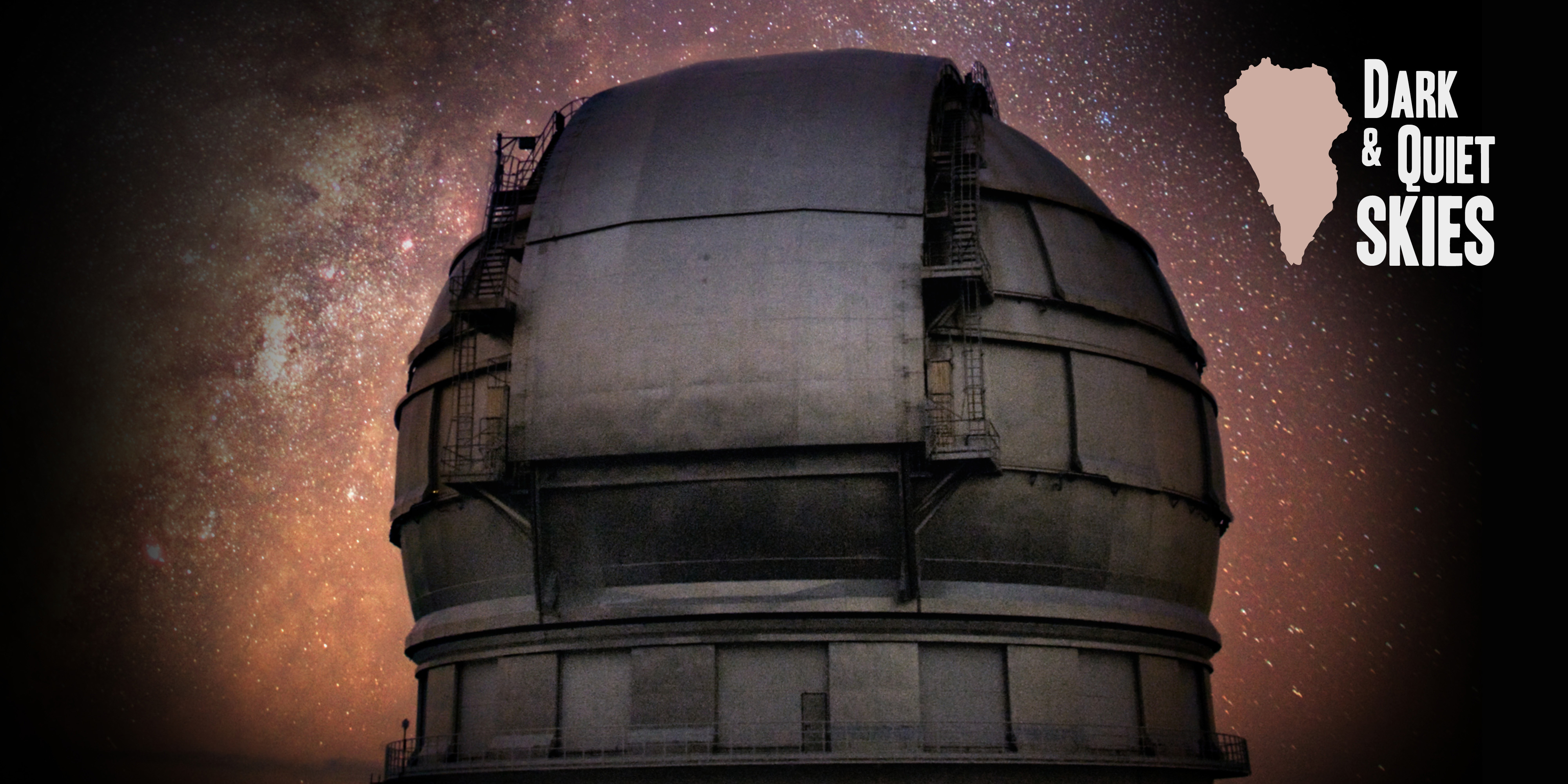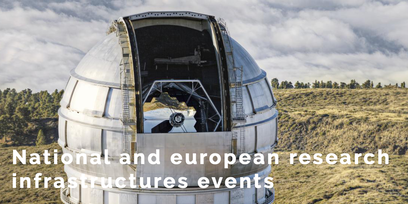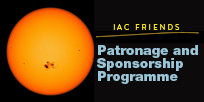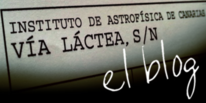"Gracias por enseñarnos a soñar estrellas"
- Prof. Francisco Sánchez 1936-2025 -

News
-
-
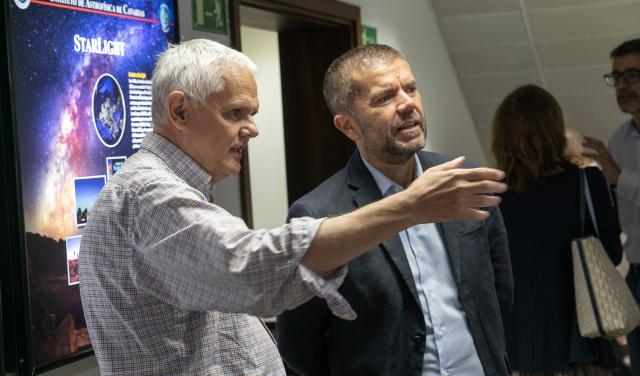 La ULL y el IAC refuerzan su colaboración institucional tras la visita del rector al centro de investigación
La ULL y el IAC refuerzan su colaboración institucional tras la visita del rector al centro de investigación -
-
-
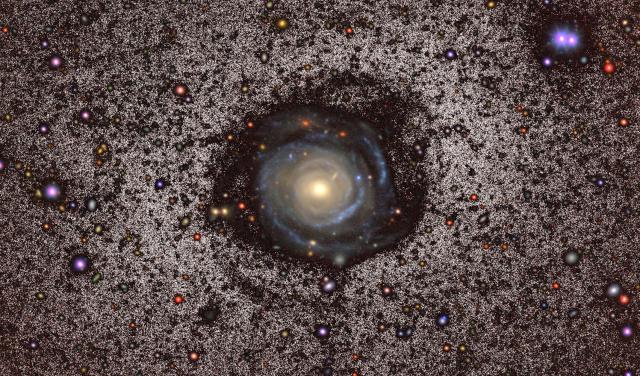 IAC research reveals hidden structures and a turbulent past in one of the largest spiral galaxies in the Universe
IAC research reveals hidden structures and a turbulent past in one of the largest spiral galaxies in the Universe -
Events
-
Upcoming
Employment
-
-
Two Postdoctoral Contracts SPEAR 2025 (PS-2025-077)The IAC (Tenerife) invites applications for TWO postdoctoral fellowships in Astrophysics to work on the project linked to the line of research “Exoplanets and Astrobiology” in the framework of the

